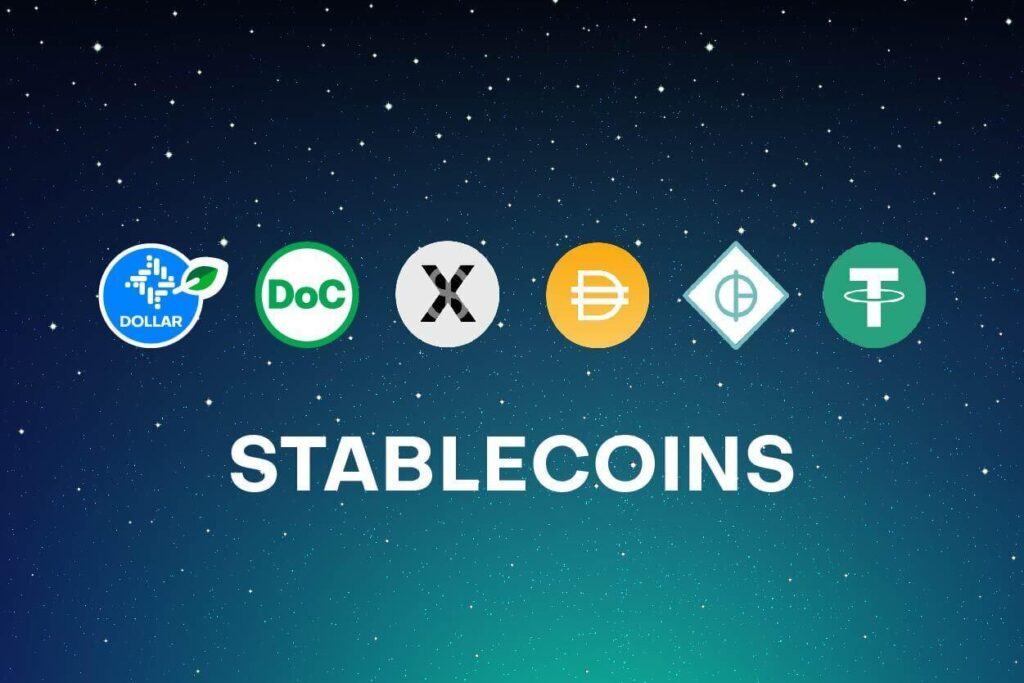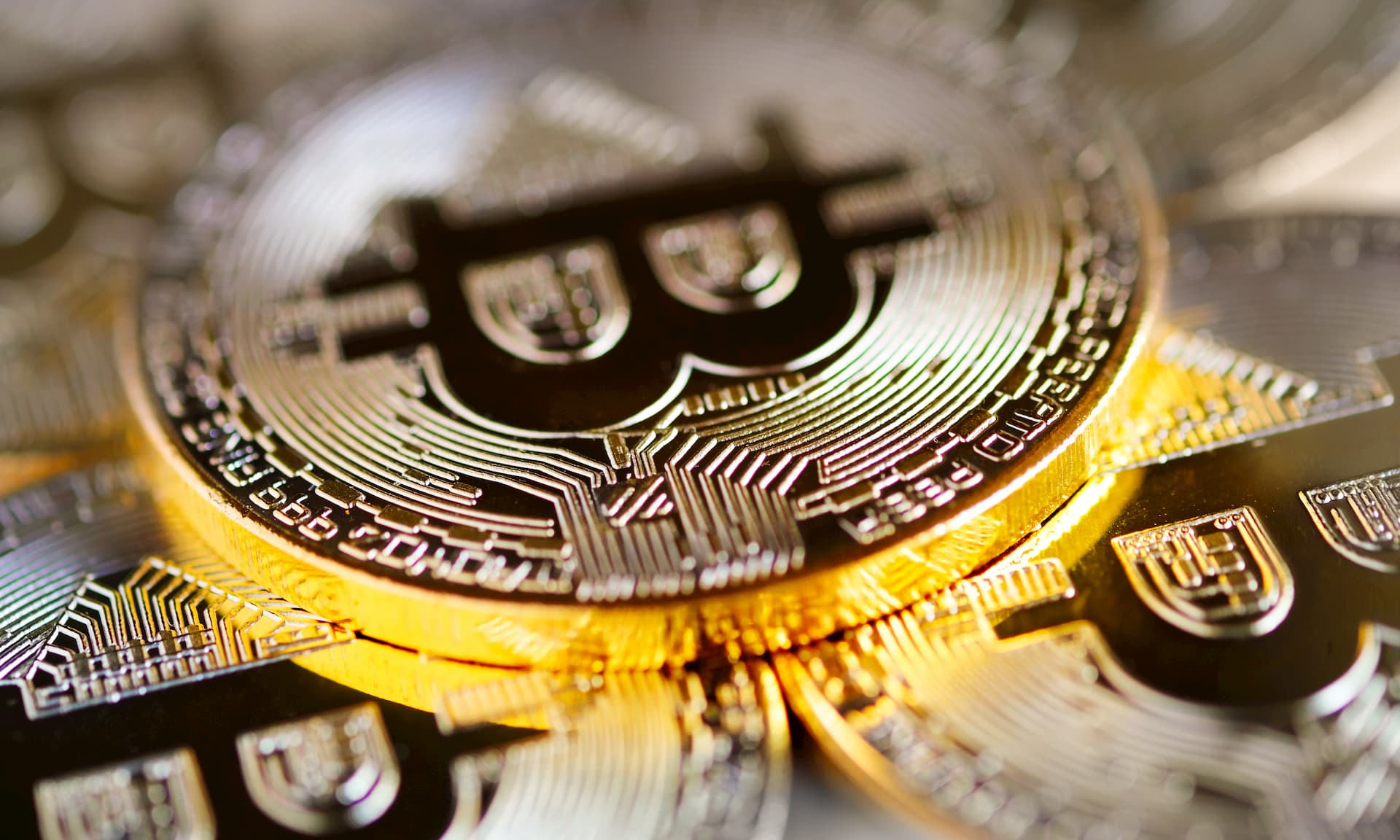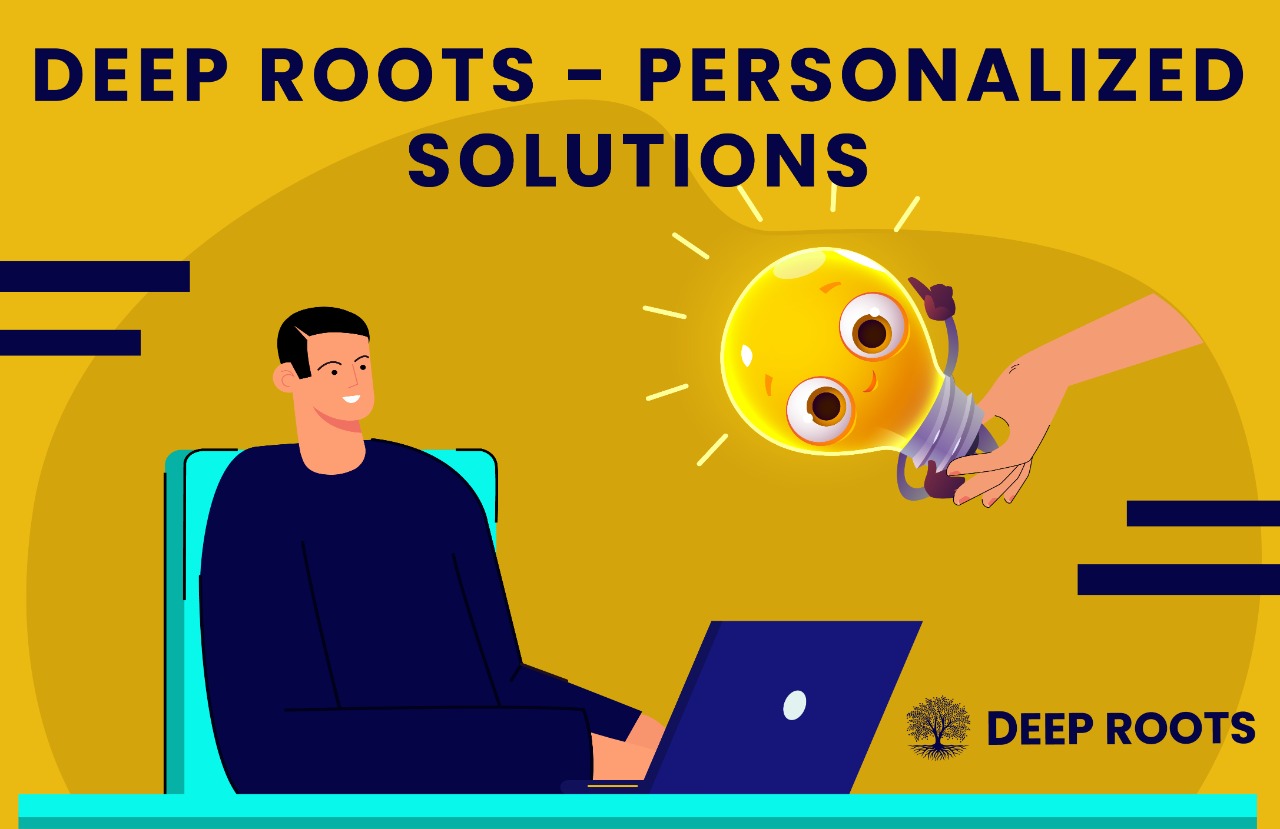
In the fast-paced world of cryptocurrencies, stability is often seen as a distant dream. However, stablecoins have emerged as a solution to address the volatility that plagues many digital currencies. These stable cryptocurrencies are designed to maintain a steady value, providing a reliable store of digital assets in a volatile market. In this blog post, we will delve into the concept of stablecoins, their benefits, and how they play a crucial role in the ever-changing landscape of cryptocurrencies.
Further reading suggestion for you: Decentralization Revolution: How Blockchain is Transforming Traditional Systems
Content
What are stablecoins?

Stablecoins are a type of cryptocurrency that are designed to have a stable value, typically pegged to a specific asset or a basket of assets. Unlike other cryptocurrencies like Bitcoin or Ethereum, which experience significant price fluctuations, stablecoins aim to maintain a steady value, often equal to a fiat currency like the US dollar or the Euro. This stability is achieved through various mechanisms, such as collateralization, algorithmic algorithms, or a combination of both.
The benefits of stablecoins:
Stability in a volatile market
The primary benefit of stablecoins is their ability to provide stability in the highly volatile cryptocurrency market. By pegging their value to a stable asset, stablecoins offer a reliable store of value and a medium of exchange. This stability makes them suitable for everyday transactions and reduces the risk associated with price fluctuations.
Efficient cross-border transactions
Stablecoins also enable faster and cheaper cross-border transactions compared to traditional banking systems. Since stablecoins are built on blockchain technology, transactions can be processed quickly and securely without the need for intermediaries. This makes stablecoins an attractive option for remittances and global payments, as they offer faster settlement times and lower transaction fees.
Accessibility and financial inclusion
Stablecoins have the potential to increase financial inclusion by providing access to digital assets for individuals who may not have access to traditional banking services. With stablecoins, anyone with a smartphone and internet connection can participate in the digital economy, making financial services more accessible to underserved populations.
Hedging and risk management
Stablecoins can serve as a hedge against market volatility for cryptocurrency traders and investors. During times of uncertainty or market downturns, traders can convert their volatile cryptocurrencies into stablecoins to mitigate risks and preserve the value of their assets. This hedging capability offers a level of stability and risk management in an otherwise unpredictable market.
Different types of stablecoins:

Fiat-backed stablecoins
Fiat-backed stablecoins are pegged to a specific fiat currency, such as the US dollar or the Euro. These stablecoins are backed by reserves of the respective fiat currency, held by a centralized entity or a consortium of financial institutions. The backing ensures that the stablecoin maintains a 1:1 value ratio with the fiat currency.
Crypto-backed stablecoins
Crypto-backed stablecoins are collateralized by other cryptocurrencies. Users lock up a certain amount of cryptocurrency as collateral, and in return, they receive stablecoins. The collateral serves as a buffer against price fluctuations, ensuring the stability of the stablecoin’s value. In some cases, smart contracts and algorithmic mechanisms are employed to maintain the stability of these stablecoins.
Algorithmic stablecoins

Algorithmic stablecoins do not rely on external assets for stability. Instead, they use algorithmic mechanisms to control the supply and demand of the stablecoin, aiming to maintain a stable value. These stablecoins adjust their supply dynamically based on market conditions and user demand, ensuring that the stablecoin’s value remains relatively constant.
Recommended for you: Crypto Wallet Security: Best Practices for Safeguarding Your Digital Assets
Final Thoughts
Stablecoins have emerged as a crucial component in the cryptocurrency ecosystem, offering stability in a highly volatile market. With their ability to maintain a steady value, stablecoins provide a reliable store of digital assets, facilitate cross-border transactions, and increase financial inclusion. Whether they are backed by fiat currencies or rely on algorithmic mechanisms, stablecoins play a pivotal role in mitigating risks and promoting the adoption of cryptocurrencies. As the crypto market continues to evolve, stablecoins are likely to gain further prominence as a trusted and stable form of digital currency.
u003cstrongu003eAre stablecoins regulated like traditional currencies?u003c/strongu003e
Stablecoins are subject to regulations depending on their design and underlying assets. Fiat-backed stablecoins may face regulatory oversight similar to traditional currencies, while algorithmic stablecoins may fall under existing regulatory frameworks for cryptocurrencies.
u003cstrongu003eHow can stablecoins maintain stability in a volatile market?u003c/strongu003e
Stablecoins maintain stability by pegging their value to a specific asset or using algorithmic mechanisms to control supply and demand. This ensures that the stablecoin’s value remains relatively constant, even in a volatile market.
u003cstrongu003eCan stablecoins be used for everyday transactions?u003c/strongu003e
Yes, stablecoins are designed to be used for everyday transactions. Their stable value makes them suitable for buying goods and services, both online and offline.
u003cstrongu003eAre stablecoins a good investment option?u003c/strongu003e
Stablecoins are not typically intended for investment purposes, as their value remains stable. However, they can serve as a temporary store of value or a hedge against market volatility for cryptocurrency traders and investors.
u003cstrongu003eAre stablecoins backed by real assets?u003c/strongu003e
Fiat-backed stablecoins are backed by reserves of fiat currency held by a centralized entity or financial institutions. Crypto-backed stablecoins are collateralized by other cryptocurrencies. Algorithmic stablecoins do not have external asset backing but rely on algorithmic mechanisms to maintain stability.

A business blog writer at the age of 19, Francis is a jack-of-all trades when it comes to writing. He specializes in content creation for businesses and blogs. With years of experience under his belt, he’s able to provide both written and video content that will engage readers and viewers alike!









